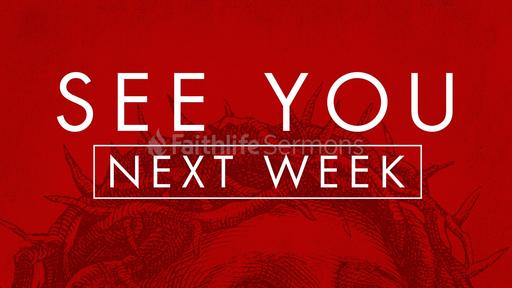Tatoeage
Physical self-laceration or self-mutilation inflicted as a sign of mourning or to seek the favor of a deity.
TATTOO [Heb. nāṯan—‘give, put, set’] (Lev. 19:28); AV PRINT. The procedure of making a mark or pattern on the skin by pricking it with a needle coated with indelible pigment. Here the practice is associated with mourning rites for the dead and is forbidden as a heathen practice. Lev. 19:28 literally refers to putting ḵeṯōḇeṯ qaʿaqaʿ (lit “writing of imprintment”; RSV, AV, “marks”) in one’s skin. See CUTTINGS IN THE FLESH.
TATTOO — a permanent mark or design fixed upon the body by a process of pricking the skin and inserting an indelible color under the skin. The moral and ceremonial laws of Leviticus declare, “You shall not make any cuttings in your flesh for the dead, nor tattoo any marks upon you” (Lev. 19:28). Any kind of self-laceration or marking of the body was prohibited among the Hebrew people. Such cuttings were associated with pagan cults that tattooed their followers while they mourned the dead.
CUTTINGS IN THE FLESH [Heb. śereṭ, sāreṭeṯ-‘incision,’ ‘tattoo’] (Lev. 19:28; 21:5); NEB GASH (THE BODY); [cf. Akk. šarātu-‘cut or tear to pieces’]. Physical self-laceration or self-mutilation inflicted as a sign of mourning or to seek the favor of a deity. See also GASH.
The custom of self-laceration of cheeks or chest and cuts on hands, arms, and backs was widely practiced as a part of mourning rites among the ancients (cf. Jer. 47:5; 48:37; 49:3). An Ugaritic epic describes how Baal, the god of fertility, vegetation, and rain, was mourned at his death by El, the supreme god of the Ugaritic pantheon: El descended from his throne and sat on the ground, where he “lacerated himself” (Ugar. yṯlṯ), making cuts on his face, his arms, his chest, and his back (DOTT, p. 130; ANET, p. 139; Gaster, pp. 213–15). The prohibition of such “cuttings in the flesh” among the Israelites (Lev. 19:28; 21:5; Dt. 14:1) rests in (1) the rejection of pagan (Canaanite) practices and beliefs in which ritual laceration was thought to hand over man to the realm of the dead; (2) the affirmation of the uniqueness of the Israelites as “the sons of Yahweh” (Dt. 14:1), the covenant God who revealed Himself as the “I AM WHO I AM” (Ex. 3:13); (3) the emphasis on Israel as a “people holy to Yahweh” (Dt. 14:2), which finds its basis in Yahweh’s election of Israel; and (4) the concept of the sanctity of life and health. The deprivation of the sacral quality of death and the grave in Israelite religion was a great achievement. Despite this prohibition, self-inflicted laceration was practiced among the Israelites of the 6th cent. B.C. as a sign of grief and mourning (cf. Jer. 16:6; 41:5).
The Baal prophets “cut themselves after their custom with swords and lances, until the blood gushed out upon them” (1 K. 18:28) in their contest on Mt. Carmel with Elijah, the prophet of Yahweh, during the reign of Ahab. The self-laceration of the Baal prophets with its bloodletting was in all likelihood a Canaanite rite of imitative magic to cause the release of the vital rain upon which life depended, i.e., it was a rite intended to rouse Baal to bring rain (cf. Apuleius Metamorphoses viii.27; J. Garstang and H. A. Strong, Syrian Goddess [1913], p. 84). The pagan self-laceration rite of the Baal cult, apparently intended to induce rain for the crops, was practiced in the time of Hosea and condemned by him (Hos. 7:14). The reference in Zec. 13:2–6 to the abolition of debased prophecy in the messianic age shows that self-inflicted wounding on their chests was practiced by prophets during certain periods.



